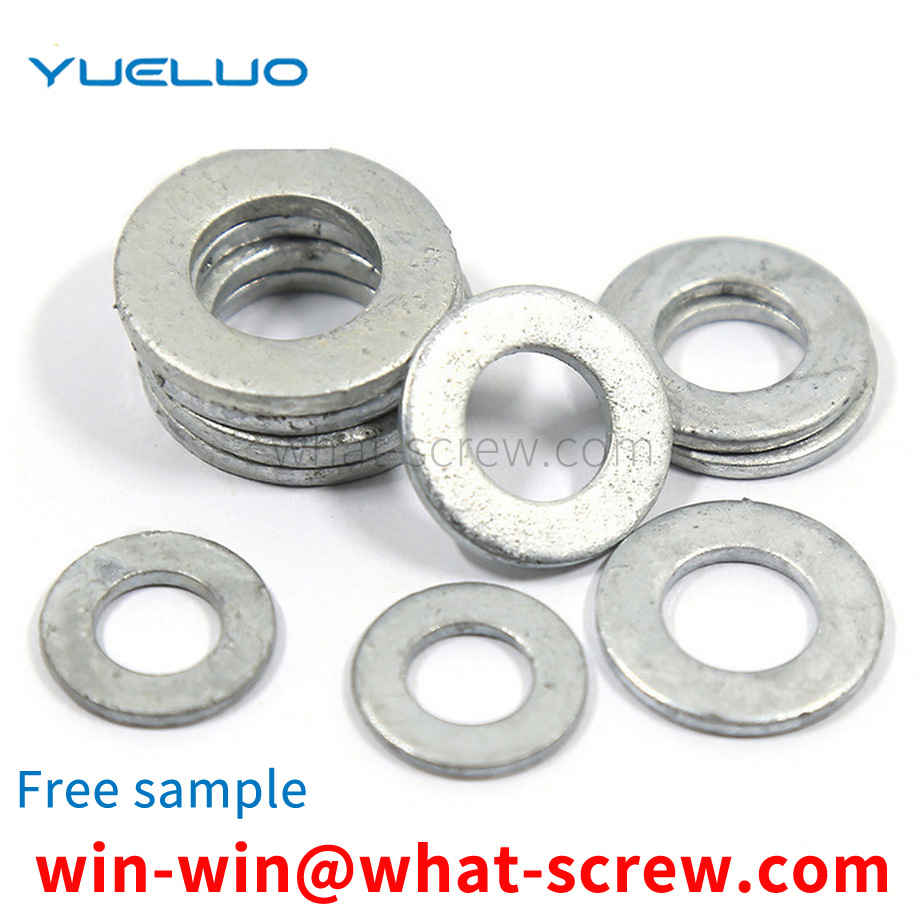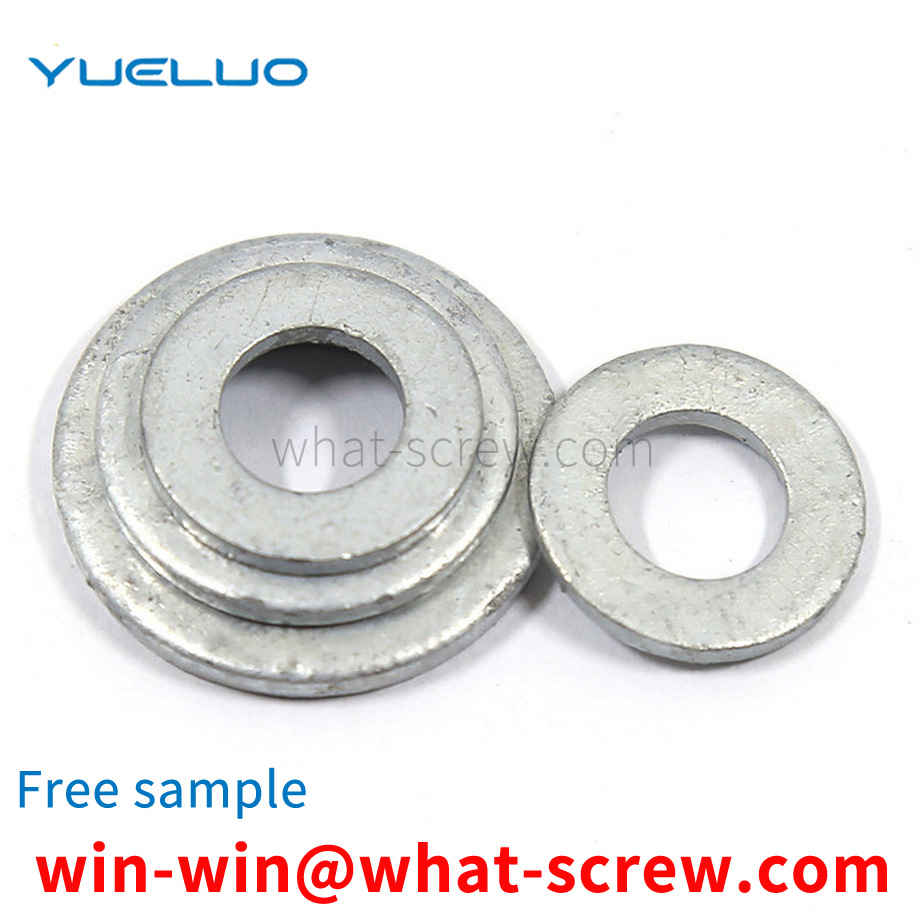In many national standards, there will be a division of intensity levels. Combination screws are no exception. The strength grade of the combined screw is divided according to the material of the screw wire and the hardness index of the screw wire. General combination screw materials are divided into stainless steel and iron, stainless steel is divided into stainless steel 201, stainless steel 304 and stainless steel 316 and so on. Iron is divided into three types: low carbon steel, medium carbon steel, and high carbon steel. Carbon steel combination screws refer to iron combination screws. Generally, iron combination screws are classified into grades 4.8, 8.8, 10.9, and 12.9. However, the combination screws of grade 10.9 and grade 12.9 are rarely used in the market, so we will not talk about them here. And the combination screws on the market are more commonly used combination screws of grade 4.8 and 8.8. 4.8 grade combination screws are generally made of 1010A screw wire rods. After the screw wire rods are beaten into screws, they are combined with spring flat washers. After production, this 4.8 grade combination screw does not need to be hardened. Its hardness can reach 4.8. 8.8 grade combination screws are generally made of screw wire 10B21 piers. After the screw and wire piers are made into screws, they are equipped with spring washers and flat washers. They can pass through the automatic elastic flat washer machine to rub the three pieces together. Fasten the spring-flat washer combination on the screw, and the spring-flat washer will not fall off. After the combination screw is produced, it needs to be hardened to make the hardness reach 8.8. After the hardness reaches 8.8, we need to take it for electroplating. In order to prevent hydrogen embrittlement of the spring washer in the 8.8-level combination screw with added hardness, it is easy to break. In this way, we have to perform hydrogen removal treatment on the hardened combined screws, and only after the hydrogen removal can be plated. In short, there are many kinds of standard grades of combined screw strength, but generally only two types are used in the market, one is the 4.8-level combined screw strength, and the other is the 8.8-level combined screw strength. 4.8-level combination screws are the most used in the market and customer needs, and have a wide range of applications. As for the standard strength of 8.8-level combination screws, we generally refer to 8.8-level hexagon socket head combination screws, 8.8-level pan head combination screws, and 8.8-level external hexagon combination screws. These three are more commonly used.
At present, many manufacturers do not want the product to be disassembled by the user, so they set the anti-disassembly mark on the product. The common method is to apply red or blue anti-disassembly paint on the fastener, such as the nut, once the user disassembles it by himself. , the paint at the connection will fall off, and it can no longer be aligned, so that the manufacturer can judge and identify it and provide a basis for warranty. However, it is inconvenient to paint some joints, and the use of tamper-evident paint is not healthy and environmentally friendly.
The upper part of the T-bolt is a screw rod, and the bottom end is a T-shaped head. It is equipped with a sleeve with an anchoring plate. The fastening equipment is installed by the anchoring force between the T-shaped head and the anchoring plate. The appearance of the equipment after installation is shown in Figure 1, in which the figure composed of black lines is a component composed of T-bolts and integral sleeves. When constructing civil foundations, the sleeves should be pre-buried first, and the T-bolts will not be used until the equipment is installed. Anchor into the sleeve.
screw with a gasket aims to provide a screw with a gasket that improves installation efficiency. The technical solution of the screw is that after the screw cap, the connecting rod and the screw rod are processed, the gasket with the installation through hole is processed. The installation through hole is drilled through the connecting rod, and then the end of the screw rod opposite to the connecting rod is processed to form a convex tooth structure by extrusion. At the same time, the outer diameter of the tooth peak of the convex tooth is larger than the inner diameter of the installation through hole, so that the gasket is not easy to be installed. Falling off, the step of manually wearing the gasket is reduced, that is, the workload of the staff is reduced, and the installation efficiency is relatively high. The flange increases the contact area between the screw cap and the gasket, and enhances the friction between the screw cap and the gasket, which can prevent the screw from loosening easily after being fastened and installed, thereby improving the connection stability of the screw. When installing the screw, the fixing part can be snapped into the fixing groove on the installation plane, so as to avoid the washer from rotating with the rotation of the screw when the screw is tightened, which is convenient for the tightening and installation of the screw.
In order to effectively improve the working efficiency of bearing installation when the equipment or device is being installed with flat pads, it is necessary to arrange the positions of the front and back of the flat pad.エ Time-consuming, labor-intensive, low production efficiency, high processing cost defects, at the same time, there is a shortage of unstable product quality, so the development of a flat pad front identification feeding mechanism has become a hot spot of industry research.
We have many years of experience in the production and sales of screws, nuts, flat washers, etc. The main products are: 201 fastener screws, fish scale tube screws, GB6172 nuts, combination set T-nuts and other products, we can provide you with suitable fasteners piece solution.



















 Service Hotline
Service Hotline




